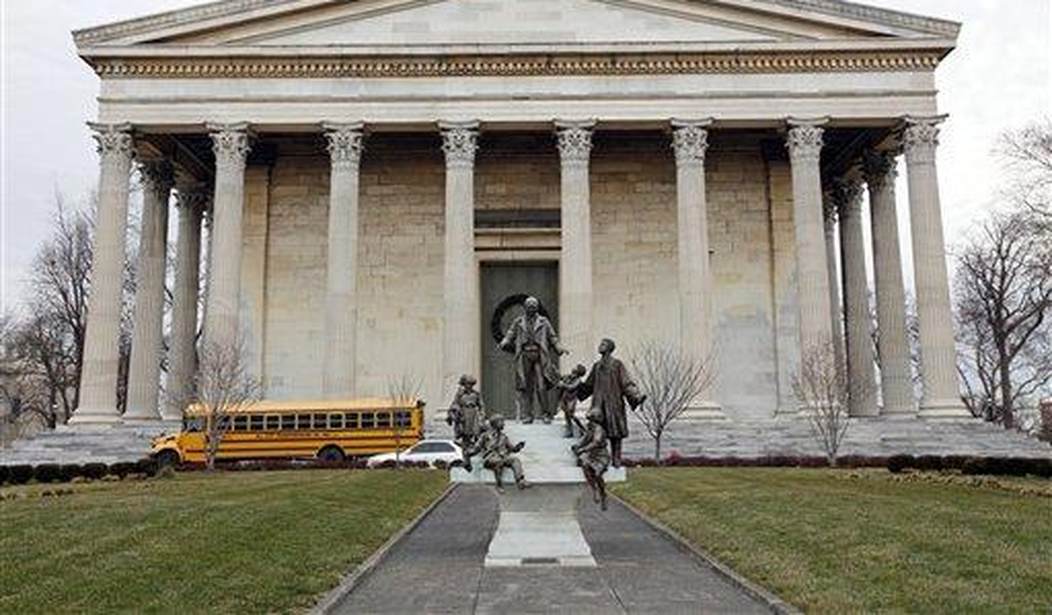The college bubble continues to swell, as tuitions rise at an unsustainable rate. College tuition has risen faster than inflation for over a decade; the cost of college has increased 16.5% in constant dollars since 2006. Meanwhile, the federal government keeps handing out more and more financial aid. Pell grant awards have increased 118 percent over the last decade.
Well-meaning as the aid may be, the two facts are inextricably linked. Government aid drives up college tuition. While aid undoubtedly has helped many families, it has hurt both the average family, and, paradoxically, many of those at the very bottom of the income scale.
The fact that federal student aid drives up college tuition is well-documented by both liberals and conservatives. Writing for the Cato Institute, Gary Wolfram points out, “Private four-year colleges increased listed tuition prices by more than two dollars for each dollar increase in Pell grants.”
Public universities also increased their tuition by $0.97 for each dollar increase in Pell grants. At the same time, the Christian Science Monitor published a report arguing that for every $1,000 of student aid, net tuition (college sticker price - financial aid) decreased by only $100 to $150. So when financial aid rises $1,000, tuition increases $850 to $900.
But while the link between federal aid and tuition hikes is clear, who it helps and hurts is not as cut-and-dried. Some families are helped by financial aid, while many others are hurt by the unintended consequence of higher tuition.
Students from low-income families are the prime beneficiaries of federal financial aid. If federal aid causes tuition at the University of Colorado to rise (say) by $3,000 per semester, but applicant John receive $5,000 in grants and some more money in cheap federal loans, than federal aid helps him to the tune of at least $2,000. For some students, that can mean the difference between being able to go to college or not; or between being able to attend a four-year university or a two-year community college. The benefits should not be understated.
Recommended
However, even here the picture is muddled, because students who enroll in college and don’t graduate aren’t helped, and low-income students are disproportionately less likely to graduate. Spotlight on Poverty points out that among low-income college students, only 25 percent graduate. Students who get Pell grants and don’t take out any loans but don’t graduate are only out the time and wages they would have earned if they’d been working instead.
But low-income students who take out federal loans to attend a college they don’t graduate from still have to pay those loans back. They’re saddled with debt, but don’t have a degree that might help them pay it off.
But even they are not the whole picture. Federal financial aid hurts many other students. Most student aid is means-tested, meaning it goes primarily to poor recipients. According to CNN, Pell grants, the most direct form of federal aid, go primarily to families making under $45,000 per year. While families making more than this can receive federal loans or other aid, it’s rarely enough to offset the higher tuition driven by this aid in the first place.
Let’s say that Peter’s family makes $50,000 per year, rendering him probably out of luck when it comes to Pell grants. Peter wants to attend University of Maryland, whose tuition has been driven up by federal aid by (say) $4,000 per year. Federal aid then hurts Peter to the tune of $4,000 per year. He can offset some of this with loans or other aid, but it’s a poor substitute. That might force him to go to another school, with lower tuition but also lower quality staff. Or it might force him to take out more loans to pay for school. Either way, the negative effects are significant.
The second group hurt by federal aid is, paradoxically, some poor students. Many are deterred by the high sticker price of college. Pell Grants and other aid are available to students who know how to get them, but as Cottom points out in The Atlantic, the process is a bureaucratic maze. “Poorer students need financial aid to afford college, but are more likely to come from schools, families, and communities that cannot guide them through the process.” Moreover, Cottom argues, “the questions often require parental help, which can hurt poorer students whose parents are in jail.” (http://www.slate.com/articles/life/counter_narrative/2013/11/fafsa_federal_student_aid_benefits_go_to_the_middle_class_not_the_poor.html). Federal financial aid burdens the poor with higher tuition, but often doesn’t provide the aid to offset the burden.
(this would be where you talk about dropouts with debt)
As tuition continues to rise and graduate’s earnings decline, the college bubble is moving towards a painful burst (http://online.wsj.com/news/articles/SB10001424052702303933104579302951214561682). The solution isn’t more financial aid, which drives up tuition and hurts more families (even low-income ones) than it helps. What’s needed is a free market in higher education to lower tuition prices and truly help students.

























Join the conversation as a VIP Member